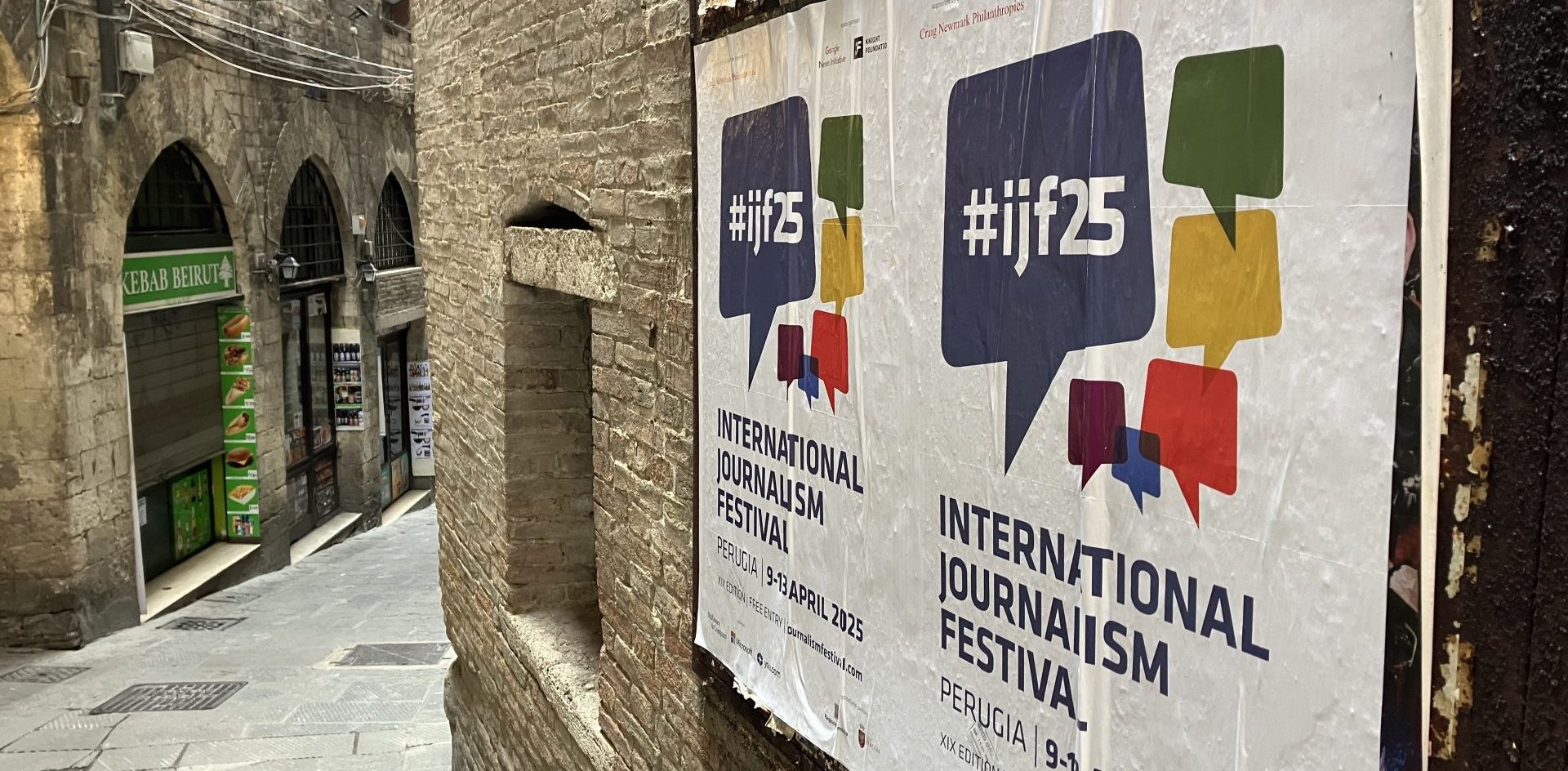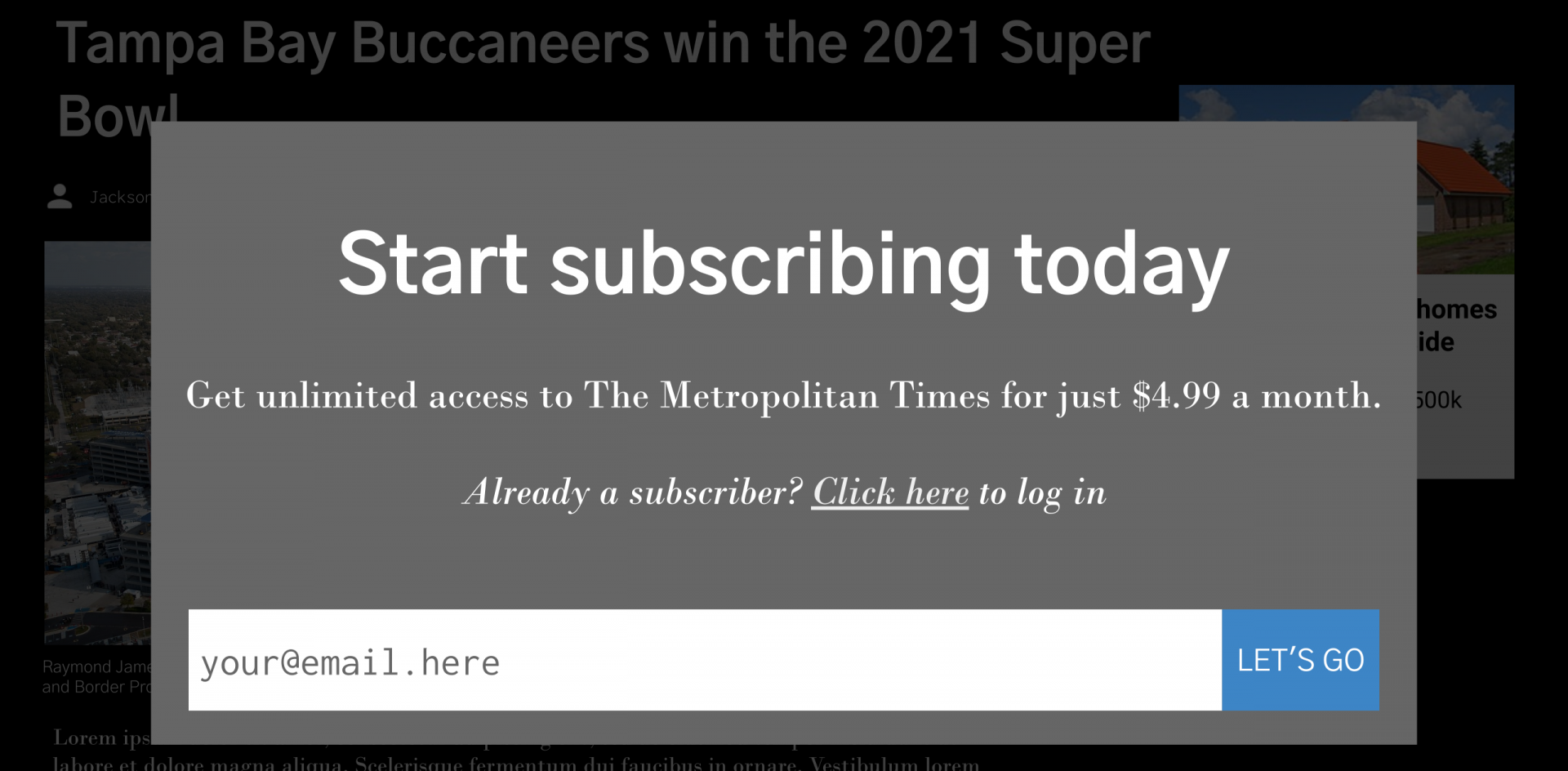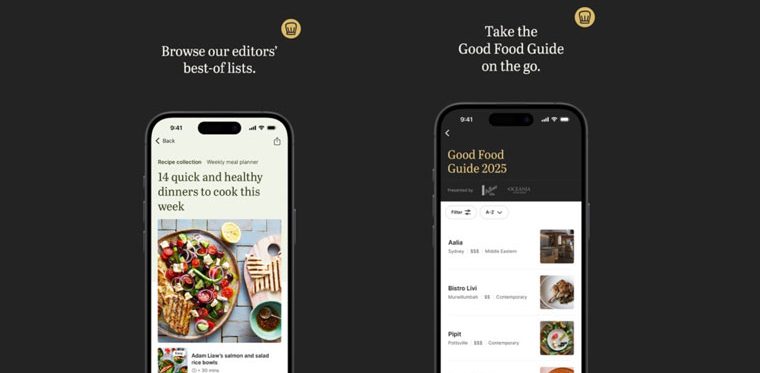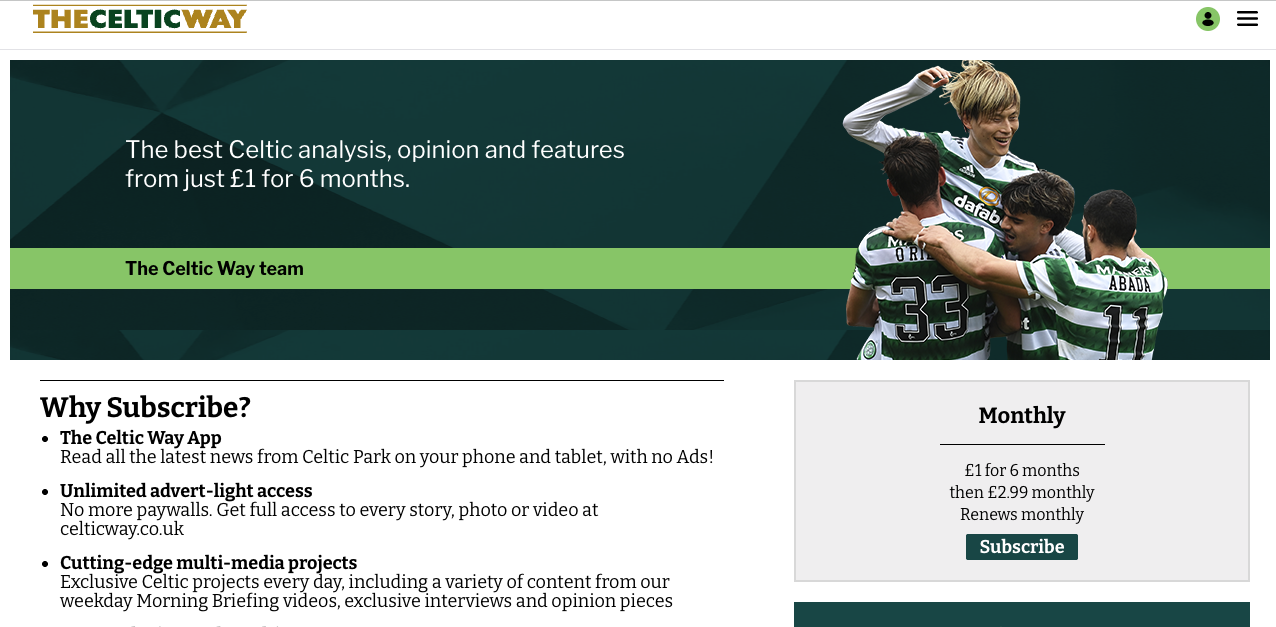
Newsletter
Newsletter
Just as publishers have tightened their metered paywalls, research shows you should reduce how much content is previewed to prospective subscribers.
28th February 2025

Premium publishers like The Wall Street Journal, The Telegraph, The Economist and others have broadly similar approaches to paywalls. When a user who isn’t subscribed opens a piece of content, they are immediately presented with the headline, picture and a small amount of text to introduce the article with the rest of the content covered by a prominent paywall that cannot be dismissed. The logic is that this small preview offers an opportunity for new users to ‘try before they buy’. However, a new piece of research by the Department of Media and Communication at LMU Munich challenges this assumption.
The study used data from a German data-sharing partnership, the Digital Revenue Initiative (DRIVE), which aims to help publishers learn from each other. They analysed 21 newspapers from Germany and Austria over four months and found:
This week, we held our first Mobile Matters Workshop covering analytics. Participants discussed a range of topics, including novel ways to measure app engagement, such as quality reads. If you’d like to join the next workshop, you can join the community here.
Kevin & James
By James Kember and Kevin Anderson
In the study, LMU Munich found that placing a standfirst – text between the headline and main text – reduced the number of clicks on the subscribe button by over 86%. Whilst allowing non-subscribers to read an intro decreased clicks by 72%. LMU suggested that the reason the intro text or standfirst reduced conversion was because it “provide[d] considerable information about the article not contained within the headline”, giving the reader what they needed from the article without requiring them to pay.
Recently, we considered an INMA piece by Dr. Dietmar Schantin, Principal at IFMS Media Ltd, in which Dietmar argued that publishers who focused on engagement time as their primary metric ignored that audiences often “quickly find what they need and gain relevant insight”. The same theory is key here; as publishers, we sometimes do not give sufficient consideration to the audience obtaining significant value from a small amount of content.
To improve conversion, LMU proposed using only the picture as a teaser element rather than accompanying it with more text from the article. They stated that the inclusion of a picture didn’t have a statistically significant impact on conversion, so suggested that it made “a good choice as a teaser element alongside the headline as it gives the reader a taste of the news article”.
However, blocking all text with the paywall may increase the rate at which readers tap subscribe whilst also increasing the rate at which users leave the site or app and decreasing their propensity to return. Therefore, we advise a balanced approach that considers how the paywall sits within the wider conversion funnel and revenue strategy. This includes considering:
While pricing is one of the key elements of marketing, Profitwell, a SaaS revenue optimisation company, found that businesses typically only spend 10 hours a year focused on it despite retention and monetisation having 4 – 8x more impact on revenue than acquisition. It’s why FT Strategies says, “pricing is a crucial piece of the digital subscriptions puzzle”. An effective pricing strategy should include the identification of a “sweet spot” that attracts the highest number of conversions whilst also leveraging segmentation to test appeal amongst different cohorts. Furthermore, they suggested a tiered approach combined with “smart discounting” to offer the audience a greater range of choice.
FT Strategies noted that “one of the most effective discounts is to sell annual plans at a discount relative to monthly plans”. The primary argument for this is that it reduces the number of opportunities the reader has to cancel. The research from LMU backed this up. They identified a “significant positive correlation between the provision of a discount and visitors finally subscribing”, with a discount making it 3.35 times more likely that a user would subscribe.
LMU also considered the place of incentives, finding that they were much less important than discounting. The team in Germany discovered that offering small gifts had only a marginal effect on the propensity to subscribe, but they often come with a relatively high fulfilment cost.
LMU suggested an approach that leans into discounted trials but shortens the period a user can access content for a discount. The theory goes that this should lead to an increase in overall revenue. Psychologically, customers don’t perceive this as a discount to be re-negotiated but rather an end-of-trial pricing increase.
Whilst paywall and pricing strategies typically focus on the website, apps play a role in retention but also increasingly in acquisition. Data from Sensor Tower has shown that in 2024, in-app revenue grew for news and magazine publishers by 62% in the UK.
Subscription fulfilment functionality in apps is also improving. App stores have long supported the ability to offer trials, and Apple recently introduced win-back functionality in the App Store, allowing a publisher to offer an app store subscription at a reduced rate to former subscribers. This functionality has increased the opportunities for businesses to provide discounts to consumers at the time and place that most suits them.
Moreover, through Apple’s External Link Entitlement and Google’s (trialed) User Choice Billing, publishers can leverage their own on-site conversion pages without needing to rely on the app store. This allows publishers to retain more revenue from in-app subscription purchases.
The findings from LMU are worth considering, especially because they offer easily implemented tactics to increase subscription conversions. However, the outcomes were hyper-focused on the propensity of a user to subscribe in the moment. As we have highlighted, retention delivers more lifetime value than acquisition. This could mask the importance of encouraging users to engage with content consistently that supports retention. We suggest a blended approach that seeks to optimise CTAs whilst always considering building a long-term relationship with your audience.
In a recent episode of our Out of Office podcast, Pugpig co-founder and CEO Jonny Kaldor spoke with Chris Duncan. They met while working at News UK. Chris later went on to become the CEO of Bauer Media, where he managed its portfolio of more than 100 magazines. Jonny and Chris talk about the future of magazines. Listen to their conversation on Pugpig.com or your favourite podcast app.
Here are some of the most important headlines about the business of news and publishing as well as strategies and tactics in product management, analytics and audience engagement.

Newsletter

Newsletter

Newsletter

Newsletter

Newsletter